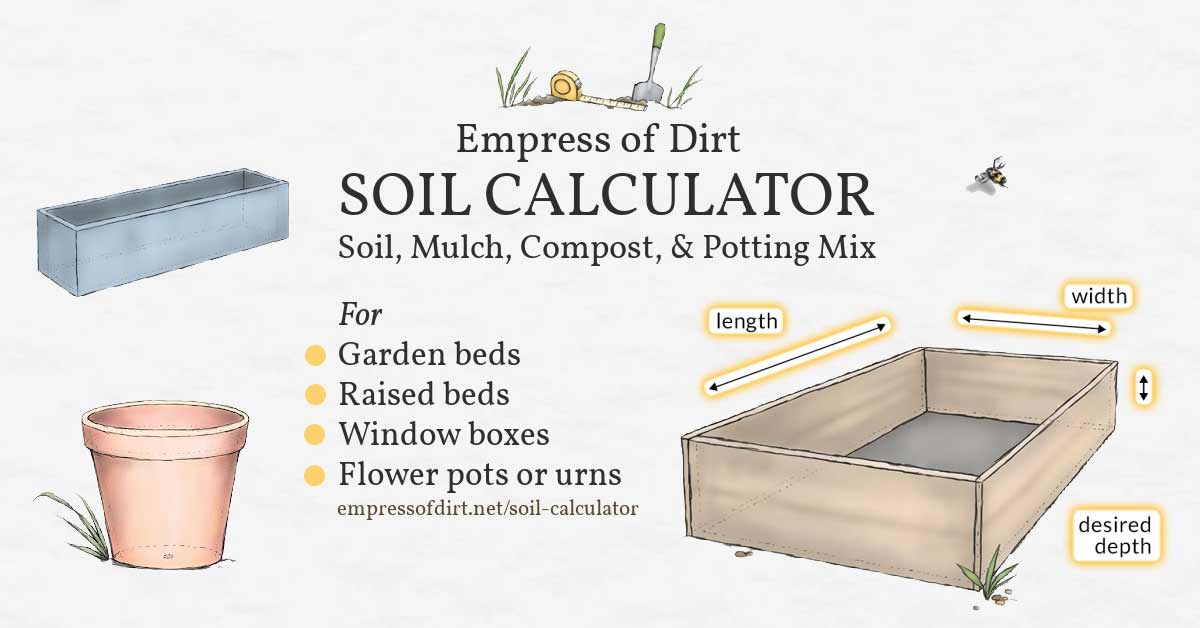Introduction
Planning your garden involves many important steps, and one of the most crucial is determining how much soil you need. Using a garden soil calculator helps gardeners, landscapers, and DIY enthusiasts accurately estimate the amount of soil required for beds, containers, or lawn repairs. This not only saves money but also prevents the hassle of ordering too much or too little soil. In this article, we’ll explore how a garden soil calculator works, why it’s essential, and how to use it effectively for your gardening needs.
What Is a Garden Soil Calculator and Why Use One?
A garden soil calculator is a tool designed to estimate the volume of soil needed for a specific area based on measurements like length, width, and depth. Whether you’re filling raised beds, topdressing lawns, or creating new garden beds, precise soil measurement is critical.
Benefits of Using a Garden Soil Calculator
- Prevents overbuying or underbuying soil, saving costs.
- Ensures proper soil depth for optimal plant growth.
- Simplifies project planning with accurate volume estimates.
Experienced gardeners know that soil depth affects root health and plant vigor. Thus, using a soil calculator aligns with best gardening practices by providing expert-level precision.
How to Calculate Garden Soil Volume Manually
Understanding the manual calculation behind soil volume helps you appreciate what the calculator does:
- Measure the area: Determine the length and width of your garden bed or container in feet or meters.
- Determine desired soil depth: Typical garden beds require 6 to 12 inches (0.5 to 1 foot) of soil.
- Use the formula:
( text{Soil Volume} = text{Length} times text{Width} times text{Depth} )
- Convert volume units: Calculate cubic feet or cubic meters, then convert to cubic yards or liters if needed.
Example: For a raised bed 10 feet long, 4 feet wide, and 1 foot deep:
10 ft × 4 ft × 1 ft = 40 cubic feet of soil.
This manual method provides a foundation for understanding and verifying soil calculator results.
How to Use an Online Garden Soil Calculator Effectively
Online garden soil calculators simplify the process and reduce errors. To use them effectively:
- Input accurate dimensions: Use a tape measure to get precise length, width, and depth.
- Choose units wisely: Some calculators accept feet, inches, meters, or centimeters.
- Specify soil type: Some calculators factor in soil compaction or amendments.
- Calculate multiple beds separately: For varied garden sections, calculate individually and sum totals.
Many calculators also suggest quantities based on soil bag sizes, making purchasing more straightforward.
Tips for Applying Soil After Calculating Volume
After determining how much soil you need, consider these actionable tips:
- Select quality soil: Choose soil with appropriate nutrients and texture for your plants.
- Allow for settling: Soil compacts over time; ordering 10% extra soil can compensate.
- Mix amendments: Incorporate compost or fertilizers as needed to improve soil health.
- Layering: For raised beds, layer soil and organic matter for better drainage.
Expert gardeners recommend testing existing soil pH and composition to tailor soil choices precisely.
Common Questions About Garden Soil Calculators
Can I use a soil calculator for sandy or clay soils?
Yes. While volume calculations remain the same, consider soil density differences when ordering by weight.
How deep should soil be for vegetables?
Most vegetables thrive in 12 to 18 inches of well-drained soil.
Does soil type affect the volume needed?
Volume stays constant, but weight and nutrient content vary. Adjust soil amendments accordingly.
Conclusion
Using a garden soil calculator is an indispensable step for successful garden planning. It helps you purchase the right amount of soil, saves resources, and ensures your plants have the optimal growing medium. Whether you prefer manual calculations or online tools, understanding how to measure soil volume accurately empowers you to create thriving garden spaces. Remember to factor in soil quality, settling, and your plants’ specific needs to achieve the best results. Start measuring today and watch your garden flourish with the perfect soil foundation!
